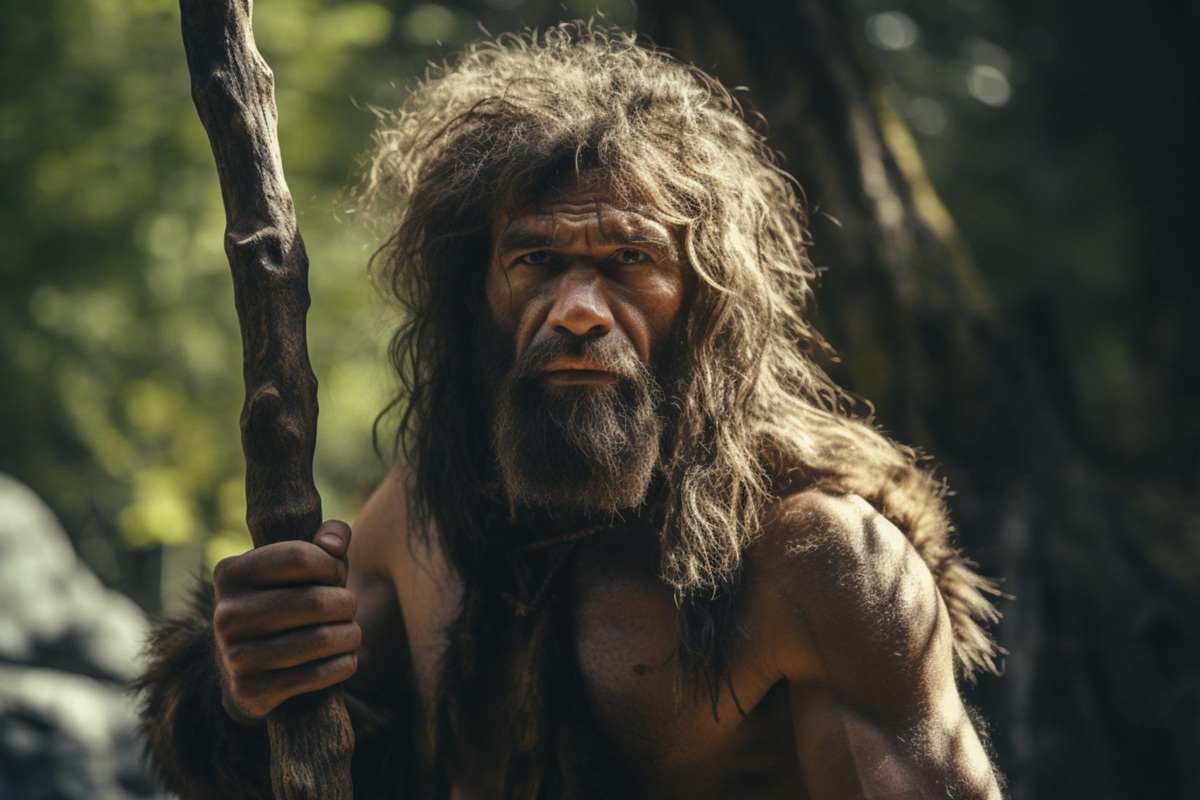Human and Primate Characteristics
By comparing the fossilized finger bones of the controversial Homo naledi to those of a 2-million-year-old hominid called Australopithecus sediba, Samar Syeda and her colleagues discovered that despite the “temporal gap” separating them, both species exhibited intriguing combinations of human-like and primate-like traits.
Notably, it was found that the thumb and pinky of A. sediba already enabled a strong grip, essential for precision tasks (like flint knapping) documented in later hominid species. Interestingly, some fingers of H. naledi possessed typically human bone structures, while others were more akin to those of modern primates.
According to the authors of the new study published in the journal Science Advances, these findings challenge the notion of a linear and abrupt transition involving a loss of “primate grasping,” essential for arboreal locomotion, and the emergence of skeletal structures facilitating finer manipulations.
Prehistoric Climbers
The hands of H. naledi appear well-suited to the grasping techniques favored by modern climbers, and Syeda believes these abilities would have been valuable for the species, whose earliest remains were unearthed in 2015 from the Rising Star cave system near Johannesburg.
These are very deep cavities with significant elevation changes, she emphasizes. Climbing was the only way to reach them and get out.
Overall, this research indicates remarkable variation in hand morphology among prehistoric hominids, reflecting multiple behavioral adaptations occurring between 2 and 0.3 million years ago, rather than a linear path toward increased dexterity.
Earlier this year, a 1.4-million-year-old fossil jawbone initially thought to belong to H. naledi was attributed to a new hominid species.
I’m a disabled, xennial Christ-follower, slightly off kilter (but aren’t all “ar-teeests”?).
Hope you enjoy my rantings, don’t take my sarcasm too seriously and know that comments are welcome. 🙂


Leave a Reply